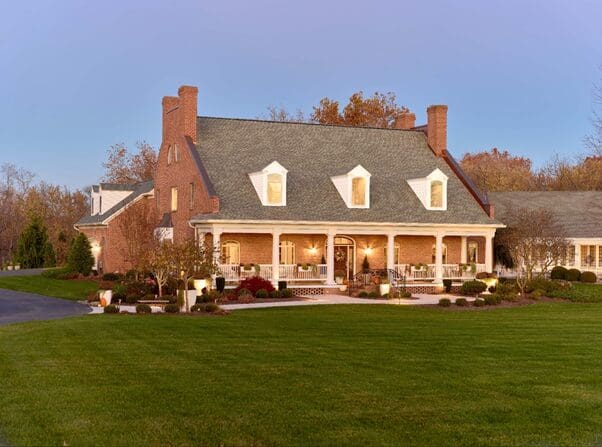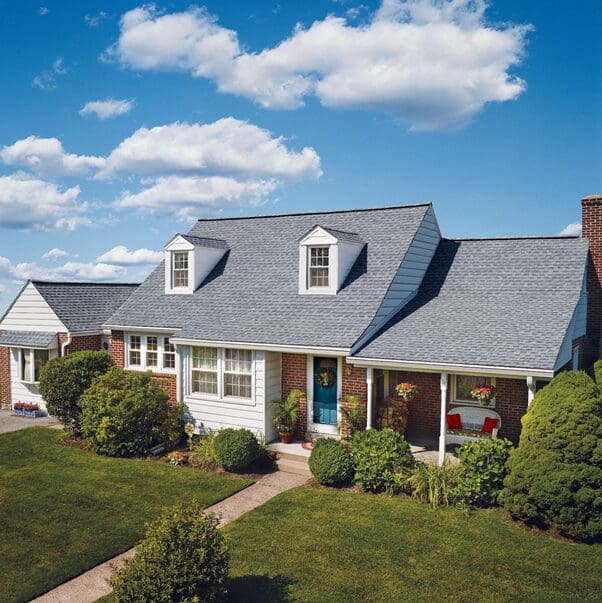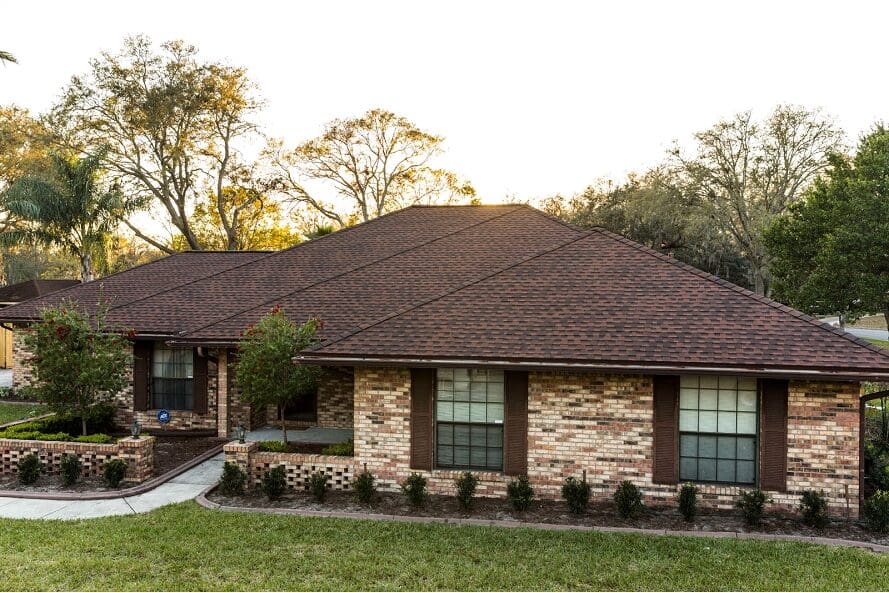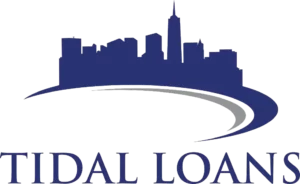Building a home in a seasonal fire zone is not just about fulfilling a dream; it’s about ensuring the safety and resilience of your property against potential wildfire threats. With climate change intensifying fire seasons across the globe, constructing a fire-resistant home is a critical investment. Here’s a comprehensive guide to help you build a home that can withstand the challenges of living in a fire-prone area.

Fire Zone Risks
Before laying the foundation of your home, it’s essential to understand the unique risks associated with your location. Seasonal fire zones are defined by their susceptibility to wildfires during certain times of the year, often exacerbated by dry vegetation, high temperatures, and strong winds. Conducting a thorough fire risk assessment of your land can help identify areas of vulnerability and inform your building strategy.
Tip: Consult resources from trusted organizations like the Federal Emergency Management Agency (FEMA) for detailed guidance on building in fire-prone regions.
Choosing the Right Location
Where you build on your property significantly impacts your home’s safety. Avoid constructing homes near slopes, as fires tend to travel uphill more rapidly. Instead, opt for flatter terrains or areas with natural firebreaks like rivers or rocky outcrops. Additionally, ensure that your home is set back adequately from neighboring structures and dense vegetation to reduce the risk of fire spread.
Fire-Resistant Materials and Design
Using fire-resistant materials is the cornerstone of building a home in a fire zone. Here’s what to consider:
Exterior Walls
Choose non-combustible materials such as concrete, stucco, or fire-rated bricks for exterior walls. These materials can withstand high temperatures and slow down the spread of flames.
Roofing
The roof is one of the most vulnerable parts of a home during a wildfire. Metal roofs, clay tiles, and Class A fire-rated shingles are excellent options for providing maximum protection.
Windows and Doors
Install tempered glass for windows, as it is more resistant to heat and impact than regular glass. Ensure all exterior doors are made of solid materials like steel or wood with fire-resistant cores.
Ventilation
Wildfires produce embers that can enter your home through vents. Use fine metal mesh screens (with openings smaller than 1/8 inch) on all vents to block embers while maintaining proper airflow.

Defensible Space Landscaping
Creating defensible space around your home is crucial in minimizing fire risk. This concept involves designing your landscape in a way that prevents the spread of fire to your home.
Zone 1: Immediate Zone (0-5 feet)
This area should be entirely free of flammable materials. Replace wood mulch with gravel or stones, and avoid planting vegetation directly against the house.
Zone 2: Intermediate Zone (5-30 feet)
Use fire-resistant plants and maintain adequate spacing between trees and shrubs. Regularly prune dead branches and remove dry leaves to reduce potential fuel.
Zone 3: Extended Zone (30-100 feet)
Focus on thinning vegetation to slow the fire’s progress. Remove dead or dying trees and ensure adequate spacing between tree canopies.
Consult a landscaping expert who specializes in fire-safe designs to ensure your yard is both functional and protective. A professional can also provide guidance on selecting fire-resistant materials and plants tailored to your specific climate and terrain. What is more, a reliable contractor can also assess and recommend fire-resistant upgrades, such as replacing windows with tempered glass, to further safeguard your home against heat and embers.
Fire-Resistant Features
Adding fire-resistant features to your home can provide an additional layer of safety.
- Sprinkler Systems: Installing an exterior sprinkler system can keep your home’s surroundings damp, reducing the likelihood of ignition.
- Fire-Resistant Decking: If you’re building a deck, choose materials like composite decking or treated wood that comply with fire-resistance standards.
- Fireproof Sealants: Use fireproof caulking and sealants to close gaps around windows, doors, and other openings.
Adhering to Building Codes
Building codes in fire-prone areas often include stringent fire safety requirements. These codes are designed to enhance the survivability of homes and communities. Working with an experienced contractor who is familiar with local regulations ensures that your home complies with all necessary standards.
Important: The International Wildland-Urban Interface Code (IWUIC) provides comprehensive guidelines for building in wildfire-prone areas. Check with your local government to see how these codes apply to your region.

Emergency Access and Water Supply
Ensuring that firefighters can access your property during an emergency is a vital consideration. Incorporate these features:
- Wide Driveways: Ensure your driveway is wide enough to accommodate firefighting vehicles, with a turnaround area for ease of movement.
- Address Visibility: Display your home’s address clearly with fire-resistant materials to guide first responders.
- Water Supply: Install water storage tanks or hydrants that can be easily accessed during firefighting efforts.
Insurance Considerations
Living in a fire zone often means higher insurance premiums. However, taking proactive measures can help reduce costs. Insurance companies may offer discounts for homes equipped with fire-resistant materials, sprinkler systems, and defensible space landscaping.
Quick Tip: Document all fire-resistant features in your home to provide evidence during insurance assessments.
Preparing for Evacuations
Even with the best fire-resistant construction, wildfires may still pose a threat. Prepare for emergencies by creating a comprehensive evacuation plan. This includes:
- Keeping important documents and valuables in a fireproof safe.
- Packing an emergency kit with essentials like food, water, and medications.
- Identifying multiple evacuation routes in case the primary route is blocked.
Partnering with Experts
Building in a fire zone is a complex process that requires professional expertise. Collaborating with experienced architects, engineers, and contractors ensures that your home is not only fire-resistant but also comfortable and functional. These professionals can also help you navigate local building codes and secure necessary permits.
Maintaining Fire Safety
Building a fire-resistant home is just the first step. Regular maintenance is crucial to ensuring long-term safety. This includes:
- Cleaning gutters and roofs to remove debris.
- Inspecting and repairing fireproof materials as needed.
- Testing sprinkler systems and smoke detectors periodically.
Conclusion
Constructing a home in a seasonal fire zone demands careful planning, the use of fire-resistant materials, and adherence to stringent safety measures. By taking these steps, you can create a sanctuary that not only protects your loved ones but also preserves your investment. For additional guidance, consult resources like FEMA or local fire safety authorities to ensure your home meets the highest fire resistance standards.


